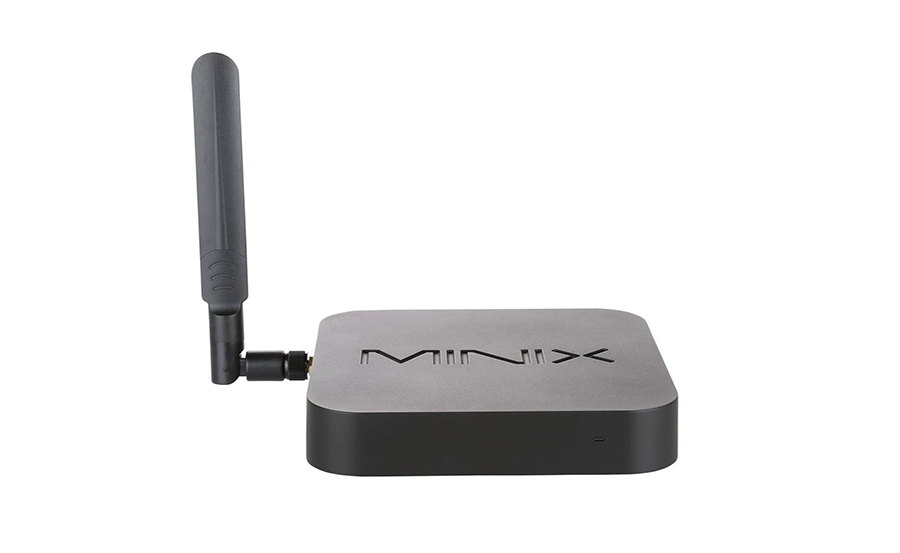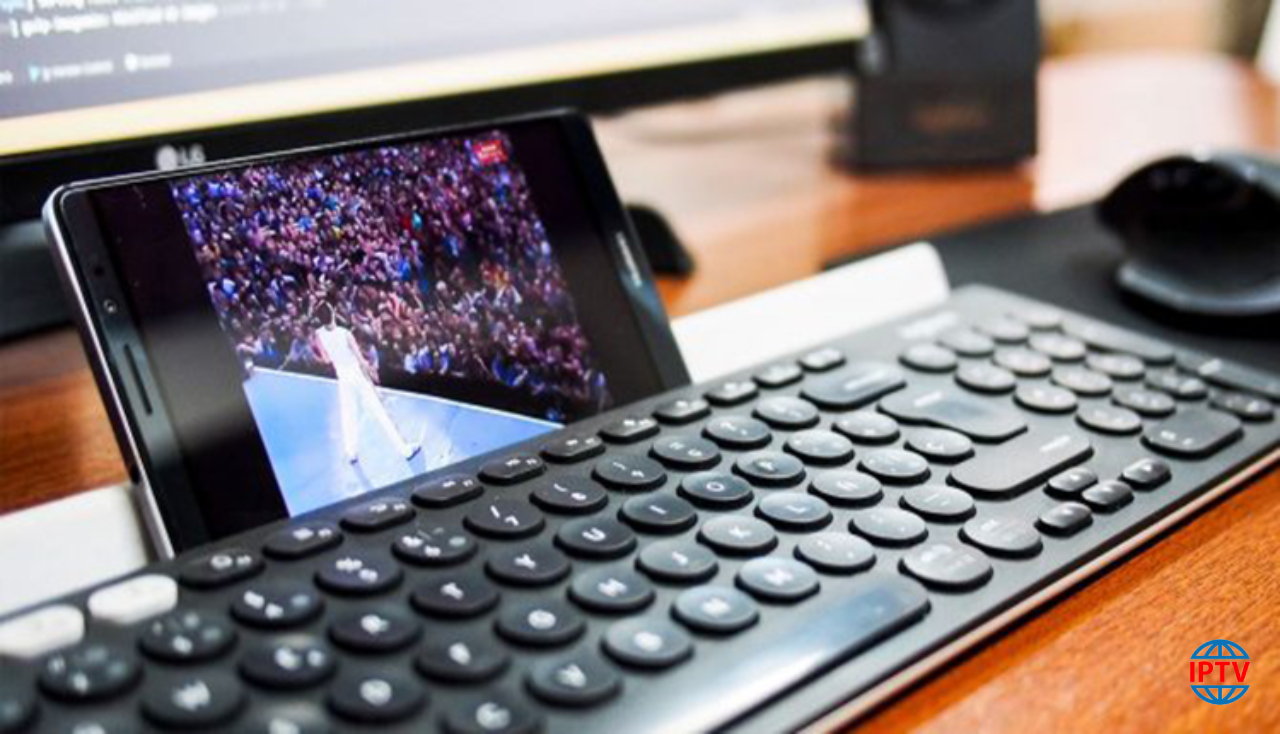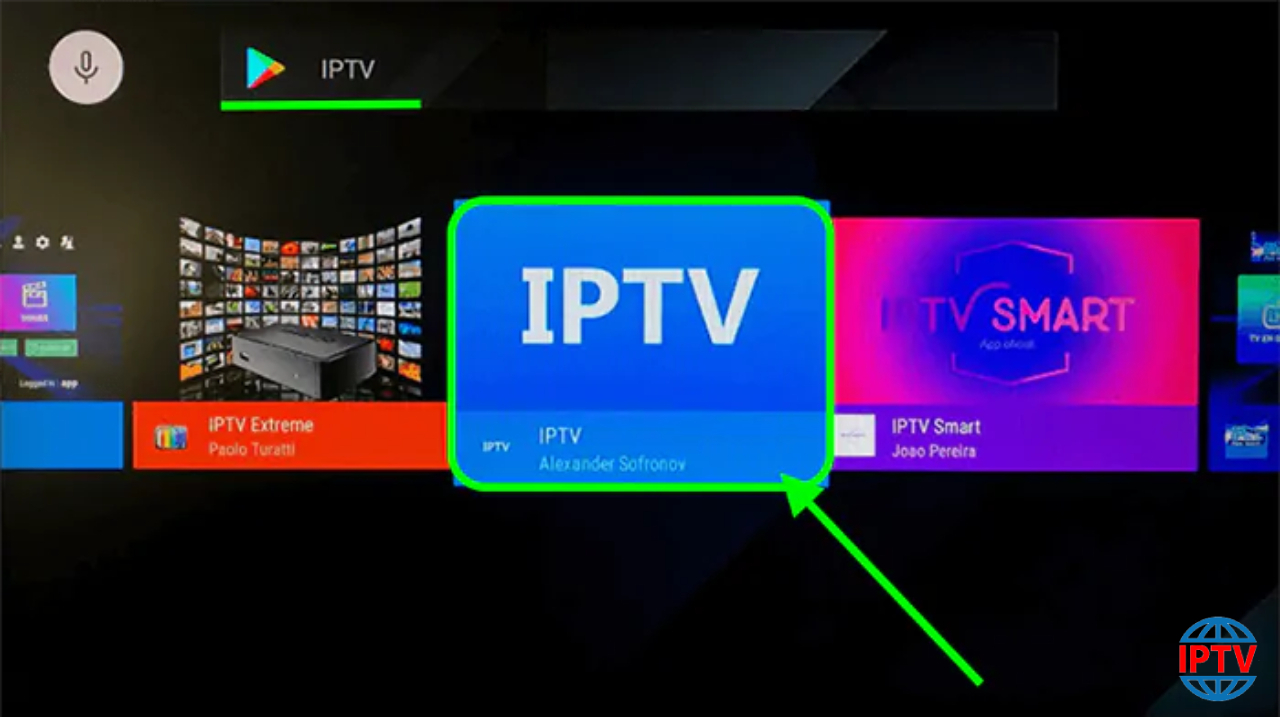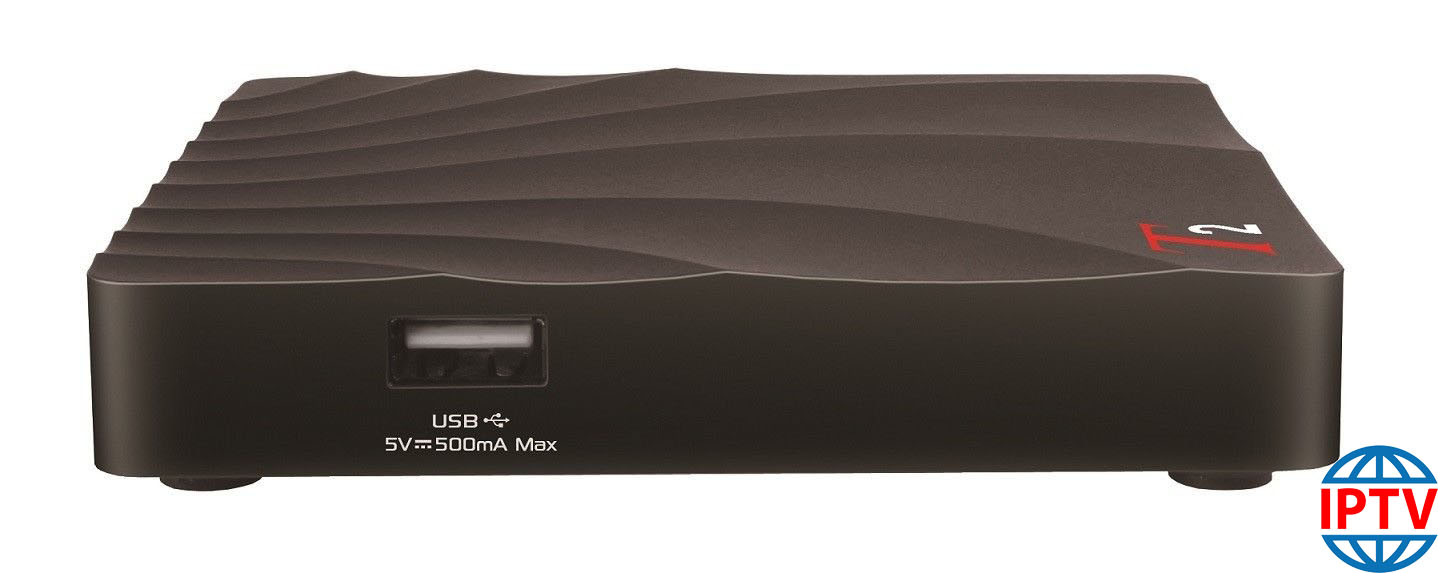In the realm of compact computing, Minix Neo has established itself as a formidable contender. Known for its intricate balance of power and efficiency, this article uncovers the intricacies of Minix Neo’s CPU and GPU, offering a comprehensive analysis designed to aid both tech enthusiasts and business professionals seeking optimal performance for their ventures.
Overview of Minix Neo
The Minix Neo series has captivated users with its innovative approach to small form factor computing. Combining efficiency with a robust performance profile, it presents a suite of features that cater to a wide range of applications. In a market that thrives on technological differentiation, Minix Neo stands out by delivering high-quality processing power packed within a compact design.
When we talk about specifications, it’s not merely about numbers and nomenclature; it’s about understanding how each component comes together to create a seamless computing experience. The CPU and GPU are the heart of this operation, driving performance that meets the needs of various workloads, be it everyday usage or specialized tasks like IPTV streaming for IPTV Smarters and IPTV in the UK.
Smart Insight:
Unlock premium content with Buy IPTV online, offering access to global channels at your fingertips.
Breaking Down the CPU: The Core of Performance
The Central Processing Unit (CPU) in Minix Neo products forms the backbone of its performance. With multiple cores and a clock speed that can handle intense computational loads, the CPU takes on tasks ranging from simple office work to complex graphical processing with efficiency. But what makes a CPU truly exceptional in a device like the Minix Neo?
One of the standout features is its architecture, designed to maximize efficiency without compromising on performance. This is particularly useful for advanced tasks such as running IPTV for IPTV Smarters, where seamless streaming and quick data processing are paramount. The CPU’s ability to manage multitasking effectively means users can enjoy an uninterrupted experience, whether they are surfing the web or engaged in resource-intensive applications.
Architecture and Processing Power
The architecture of Minix Neo’s CPU is crafted on a nanometer process, allowing for higher transistor density. This results in faster processing speeds and reduced power consumption, a critical feature for a compact device aimed at portability and efficiency. Thread management is another key area where Minix Neo CPUs excel. Its optimized allocation ensures each core operates at peak efficiency, translating to significant multitasking prowess.
Moreover, the design supports features like burst performance, which temporarily increases the clock speed to handle demanding tasks. This is particularly beneficial during heavy tasks like IPTV streaming, where data flow needs to be smooth and uninterrupted. The CPU manages these tasks effortlessly, ensuring minimal lag and maximum efficiency.
Exposing the GPU: Graphics Powerhouse
Graphics Processing Units (GPUs) typically steal the spotlight when it comes to rendering scenes and imagery. It’s no surprise that Minix Neo’s GPU delivers on visuals, providing crisp, high-resolution graphics for every conceivable application, including video editing and gaming, and importantly, enhancing the experience when using IPTV services.
The GPU in Minix Neo is designed not only for quality visuals but also for efficiency. Power consumption has been kept to a minimum without sacrificing graphic performance—a key consideration for those using IPTV for UK services, where visual fidelity is paramount.
Shader Cores and Memory Bandwidth
The implementation of shader cores in the Minix Neo GPU allows for an advanced approach to rendering graphics. These shader cores work in tandem with the memory bandwidth to enhance what is displayed on the screen. Such architecture ensures that every pixel is rendered beautifully and efficiently, providing an immersive viewing experience that is particularly advantageous when streaming high-definition IPTV content.
Memory bandwidth is crucial as it determines the rate at which data can be read from or stored into memory by the processor. A higher bandwidth means better handling of graphical data and smoother transitions, especially useful for running IPTV applications where stutter-free performance can enhance user satisfaction significantly.
The Impact on IPTV Performance
Minix Neo’s CPU and GPU dynamic provides a powerful combination, especially for IPTV service users. With IPTV for IPTV Smarters growing in popularity due to its convenience and the diverse array of content it offers, the processing capabilities of Minix Neo become an even more critical feature for users looking to optimize their viewing experience.
Whether you are accessing IPTV for UK viewers or a global audience, the interplay between the CPU and GPU ensures that the media is processed smoothly and streamed without interruption. The architecture’s ability to handle heavy data workloads allows for quick buffering and renders using the highest codec standards, avoiding annoying buffering interruptions which degrade the user experience.
Maximizing Your Minix Neo Setup
To harness the full potential of your Minix Neo setup, understanding how to configure it optimally for IPTV and other uses is crucial. There are several strategies to consider that can enhance performance and ensure you get the most from your device’s capabilities.
- Select the best internet connection: A stable and high-speed connection is essential for minimizing latency during IPTV playback.
- Optimize settings: Adjust settings based on your content’s requirements to optimize performance without compromising on quality.
- Regular updates: Keep software components current to leverage the latest optimizations and security features.
Adhering to these principles not only boosts the performance of your Minix Neo device but also enhances its lifespan by ensuring efficient operation.
Connectivity and Expansion Options
Minix Neo provides multiple connectivity and expansion options, ensuring it can be personalized to meet specific user requirements. This flexibility makes it suitable for varied applications—from simple browsing to handling sophisticated IPTV demands.
It’s equipped with numerous ports to support additional peripherals, enhancing its utility as a central media hub. These include HDMI outputs for high-definition displays and USB ports for connecting external storage, expanding its versatility beyond typical mini-PC boundaries.
Use Cases Beyond IPTV
While IPTV streaming might be a highly sought feature, the possibilities with a device like Minix Neo extend well beyond. It’s capable of performing as a compact workstation for basic computing needs and educational purposes or as an entertainment center at home, supporting music, games, and video services.
Success in these varied scenarios depends significantly on the operational efficiency provided by its CPU and GPU combination. This system design provides a performance-to-power ratio that’s advantageous for users seeking lightweight solutions for demanding tasks.
Troubleshooting Common Minix Neo Issues
Despite its robust nature, users might encounter issues requiring straightforward troubleshooting. Here are some typical challenges and remedies:
- Slow Performance: Ensure background applications are minimized and check if system updates are needed to maintain peak performance.
- Connectivity problems: Reset your network settings or switch to a wired connection if issues persist with wireless connectivity.
- IPTV buffering: Confirm that the internet connection is stable and adjust buffer settings within the IPTV application itself to improve streaming.
Understanding these simple fixes can help you solve most issues without requiring professional technical support, saving time and resources.
Maintaining Optimal Performance
Regular maintenance is critical in ensuring your Minix Neo continues to run efficiently. Simple steps such as keeping the software up-to-date, performing routine cleanups, and monitoring resource usage can significantly impact your device’s longevity and effectiveness.
Incorporating these maintenance practices into your routine will enhance the operational life of your device and ensure you continue to enjoy a seamless user experience.
Avoiding Pitfalls
To avoid potential pitfalls, it’s essential to stay informed about the capabilities and limitations of your Minix Neo device. Overloading the system, unsupported software installations, or failing to update required drivers can hinder performance.
Being aware of these boundaries will help you sidestep common missteps, ensuring you return to enjoying the pristine performance and functionality that first attracted you to the Minix Neo line.
Looking to the Future: Innovations in Mini Computing
From what we see with Minix Neo, the future of compact PC devices is indeed promising. As technology advances, we can expect even more remarkable integrations and features, bringing us closer to a world where mini PCs rival traditional desktop setups in every aspect.
Minix Neo exemplifies this evolution by continually pushing the boundaries of what is possible within a small form factor. Adoption of new technologies and staying ahead of trends will likely continue positioning Minix Neo devices as leaders in compact computing solutions.
The Role of Artificial Intelligence
Artificial Intelligence (AI) is expected to play a significant role in the evolution of computing. Integrating AI capabilities into devices like Minix Neo could potentially revolutionize user interaction, offering predictive analysis, smart resource management, and customized user experiences.
Such innovations promise to refine streaming services like IPTV for IPTV Smarters, allowing for truly intelligent media consumption without constant intervention by the user.
Advancements in Core Technology
Core technology advancements, including CPU and GPU innovations, are poised to redefine how we perceive mini PCs. Future iterations might come with improved thermal management systems, higher energy efficiency profiles, and enhanced computational capacities, all while maintaining compactness.
These developments are crucial, particularly in a world increasingly reliant on portable yet powerful computing solutions, such as those provided by Minix Neo in the domains of office productivity, entertainment, and IPTVs globally.
FAQ Section

What makes Minix Neo suitable for IPTV streaming?
The Minix Neo is equipped with a powerful CPU and GPU combination that supports high-definition streaming with minimal latency, crucial for IPTV applications. Its efficient design and connectivity options further enhance its suitability for IPTV for UK users and others globally.
Can I upgrade the memory or storage in Minix Neo devices?
Most Minix Neo devices come with limited upgradability due to their compact design. However, some devices allow for external expansion through USB or microSD, providing flexibility to add more storage if necessary.
Is the Minix Neo compatible with all IPTV services?
Yes, Minix Neo generally supports a wide range of IPTV services. Ensuring your chosen IPTV service is compatible with the installed operating system and available applications on the Minix Neo is recommended.
How frequently should I update my Minix Neo device?
For maintaining optimal performance and security, it’s advised to regularly check for firmware, driver, and application updates. Following the manufacturer’s update schedule will ensure peak performance and extended device longevity.
Does Minix Neo support wireless connectivity?
Yes, most Minix Neo devices come with built-in wireless capabilities. This feature allows for easy connectivity to WiFi networks for seamless streaming and internet access crucial for IPTV applications.
What troubleshooting steps should I try if my IPTV buffers frequently on Minix Neo?
First, ensure you have a stable and high-speed internet connection. Check the settings within your IPTV application, adjust the buffer size, and potentially alternate between different resolutions to improve streaming stability.
How to Expand Storage on Your Nvidia Shield TV





